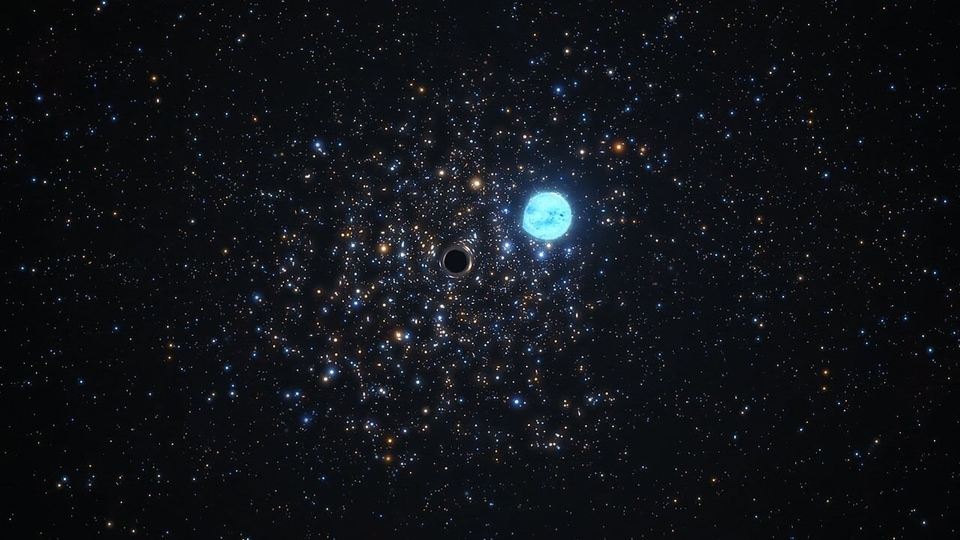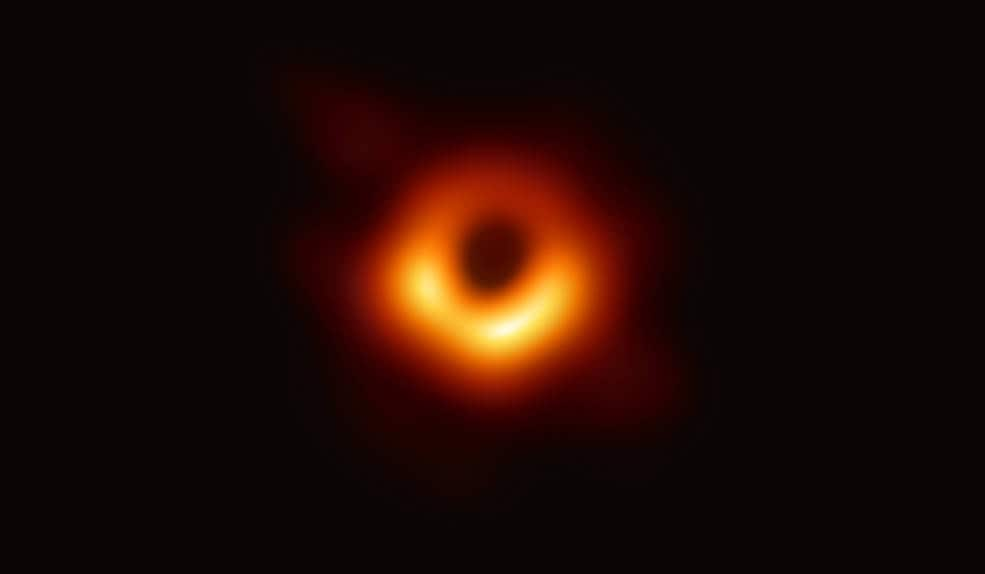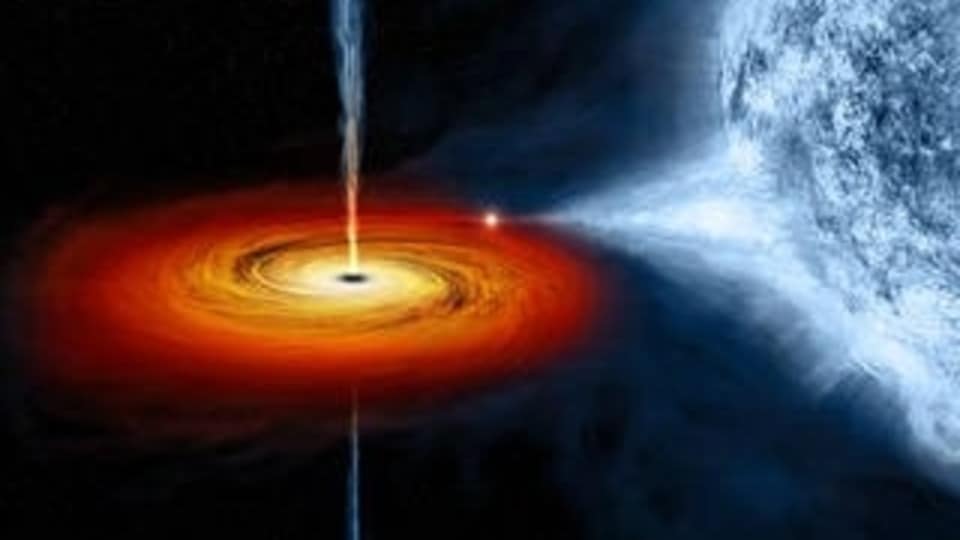Closest black hole to Earth found and it is terrifying! Know how big and near it is
Gaia BH1 is a recently discovered black hole and researchers believe that it is the closest black hole to the Earth.






 View all Images
View all ImagesBlack holes have always perplexed humans. They are the opposite of whatever we see. In simple terms, a black hole is a region in space where the gravity is so strong that not even light can escape from it. And still we only have surface level understanding of black holes. And the main reason behind that is that it is extremely difficult to spot a black hole as you cannot see it normally. As a black hole devours light, it blends in with the darkness of space. The only time we can actually see it is when it interacts with the space around it. But this might be changing soon because a group of researchers has discovered the closest black hole to the Earth.
The researchers have published a study in the Monthly Notices of the Royal Astronomical Society journal, where they talk about their incredible discovery. This space-time singularity has been named Gaia BH1. It is located roughly around 1566 light years away from the Earth in the constellation Ophiuchus. Interestingly, the size of this black hole is ten times the size of the Sun.
Closest black hole to the Earth discovered
The most interesting part about the black hole is that it is not a solitary body. It is part of a system, that too with another star that it orbits around. “Take the Solar System, put a black hole where the Sun is, and the Sun where the Earth is, and you get this system. While there have been many claimed detections of systems like this, almost all these discoveries have subsequently been refuted. This is the first unambiguous detection of a sunlike star in a wide orbit around a stellar-mass black hole in our galaxy”, said lead author Kareem El-Badry in a statement.
Black holes normally start out as gigantic stars (5-10 times larger than the Sun). As the star gets older, it keeps fusing heavier elements together during its nuclear fusion process and as a result forms an extremely dense core. After iron forms in the core, the star becomes unable to continue the fusion process and collapses inwardly. This is when an extremely powerful force of gravity is created which does not even let the light pass, and a black hole is born.
Catch all the Latest Tech News, Mobile News, Laptop News, Gaming news, Wearables News , How To News, also keep up with us on Whatsapp channel,Twitter, Facebook, Google News, and Instagram. For our latest videos, subscribe to our YouTube channel.
































